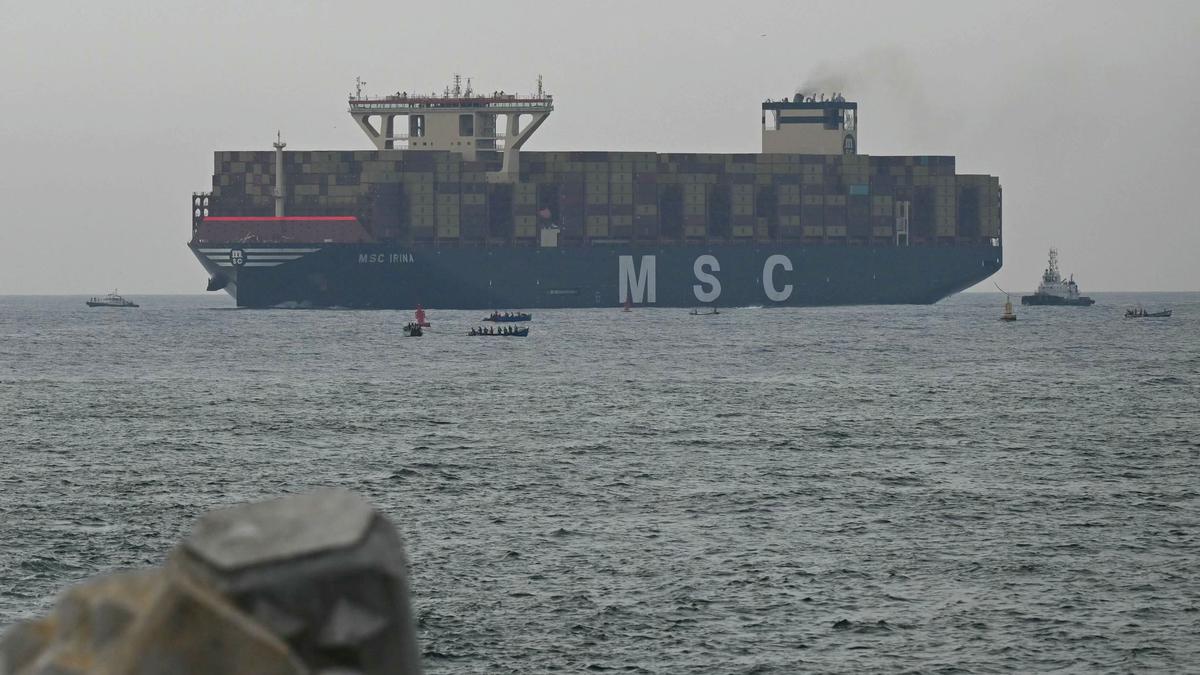India’s uneasy balancing act in the Bay of Bengal

- 19 Jun 2025
In News:
India’s engagement in the Bay of Bengal is increasingly being shaped by the intersection of strategic priorities and economic imperatives. While New Delhi seeks to position itself as the regional integrator and promoter of cooperative regionalism, recent developments — particularly in relation to Bangladesh — underscore the challenges of maintaining this balance.
At the surface, India’s maritime and port infrastructure along the eastern seaboard has seen considerable progress. Cargo throughput at Visakhapatnam, Paradip, and Haldia has steadily risen. Initiatives like the Sagarmala Programme and coastal shipping incentives have doubled cargo movement on the east coast in the last decade. The signing of the BIMSTEC Maritime Transport Cooperation Agreement in early 2025 further aims to harmonise customs procedures and reduce port-related frictions.
Yet, India’s decision to withdraw the transshipment facility granted to Bangladesh in April 2025, which had enabled Dhaka to route exports through Indian ports to third-country destinations, sparked concern. While Indian officials cited logistical congestion, many in Bangladesh interpreted the move as politically motivated — possibly in response to Dhaka’s growing engagement with China and a speech by a Bangladeshi leader in Beijing framing India’s northeast as “landlocked” and dependent on Bangladesh.
This decision, followed by India’s restrictions in May 2025 on the import of seven Bangladeshi product categories via land ports, has fueled bilateral tensions. These developments have particularly impacted Bangladesh’s ready-made garment sector, which constitutes over 85% of its export earnings and had increasingly relied on Indian ports for efficiency. New routing requirements via Kolkata or Nhava Sheva have added delays and costs, weakening the trade facilitation narrative India has long championed.
While Bangladesh has asserted its regional role by diversifying trade partners — including reopening maritime trade with Pakistan — these are sovereign choices. India’s use of trade access as a signaling mechanism, if perceived as coercive, risks undermining the credibility of the neutral and rules-based regional architecture it seeks to build under BIMSTEC.
This is significant beyond bilateral ties. Regional actors like Myanmar, Sri Lanka, Bhutan, and Thailand observe India's actions closely. If India's trade facilitation appears contingent on political alignment, smaller states may opt to hedge or diversify partnerships, potentially weakening India’s centrality in the Bay of Bengal order.
India remains the region’s best-equipped actor in terms of port capacity, connectivity, and logistics infrastructure, giving it a leadership edge. However, credibility and consistency are equally vital. Without a clear separation between economic cooperation and strategic messaging, India’s regional ambitions risk being derailed.
To restore balance, India could consider reinstating the transshipment facility under a rules-based framework, ensuring transparency and predictability in trade logistics. This would reassure neighbours, revive trust, and reinforce India’s image as a stable anchor in a geopolitically dynamic region.
The Bay of Bengal is at a crossroads. It can evolve into a vibrant economic corridor between South and Southeast Asia, or descend into a fragmented arena of mistrust. India’s choices today will determine whether regional cooperation remains the cornerstone of its foreign policy — or becomes another casualty of strategic competition.
